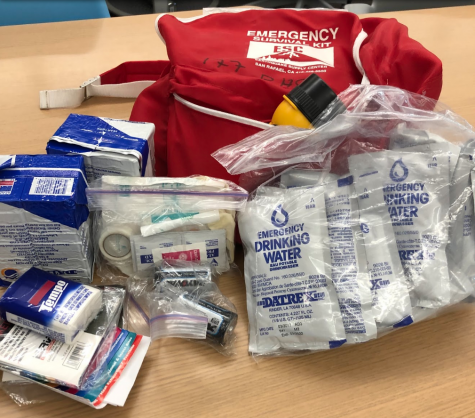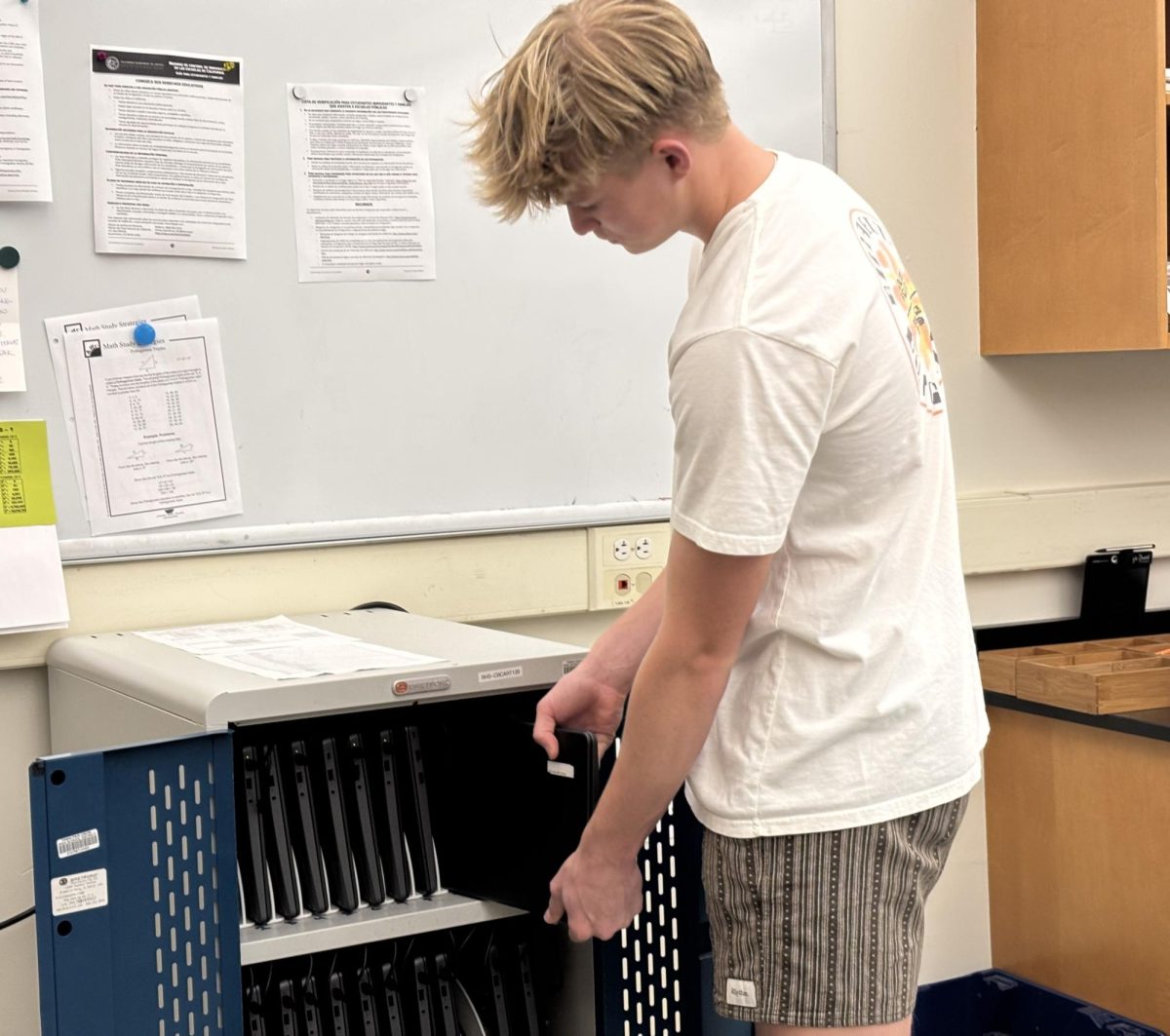
The Marin County Department of Health and Human Services’ Medical Emergency Services Agency is planning to distribute Stop the Bleed Kits to all public high schools in Marin. Redwood aims to begin the distribution once the staff’s training on kit usage is approved by the Marin County Office of Education. The meeting to discuss training is scheduled for Oct. 10, according to Principal David Sondheim. Sondheim will then notify the county, launching the implementation of Stop the Bleed Kits at Redwood.
Stop the Bleed Kits, also known as First Bleed Kits, are emergency first aid kits that were designed by the Stop the Bleeding Coalition to control excessive bleeding. Excessive bleeding is the number one cause of death from traumatic accidents, according to the Emergency Medical Service (EMS) Agency. The kits can be used for any incident where blood loss is involved, including natural disasters, accidents and school shootings. Stop the Bleed Kits are equipped with gloves, trauma shears, bandages, trauma dressings, tape, a pen, a tourniquet and instructions for use.
They have been made available for distribution through donations granted by organizations such as the Urban Area Security Initiative (UASI), the Marin Sheriff’s Office and various medical centers. At approximately $48 each, a grant of about $30,000 to the Marin County EMS Agency was necessary to include them in every classroom of Marin public schools. Troy Peterson, an emergency medical services specialist at the Marin County Medical Emergency Services Agency, believes these kits are unique in comparison to other first aid kits.

“The big difference between [Stop the Bleed Kits] and other first aid kits is it also includes a tourniquet,” Peterson said. “When you’re dealing with uncontrollable bleeding, the first thing you do aside from calling 9-1-1 and ensuring one’s own safety is to apply pressure [to the wound]. If that pressure doesn’t stop the bleeding, then you would apply a tourniquet.”
Lars Christensen, assistant Superintendent of the Tamalpais Union High School District (TUHSD), believes that school staff often do not receive enough child safety training or the proper equipment to do so.
“We think about security and response training and we’re frustrated that many times schools are left to ourselves to try and figure out how to best keep students, faculty and staff safe,” Christensen stated.
Both Peterson and Christensen support the implementation of Stop the Bleed Kits training into required CPR classes in the future. However, Christensen also wants to maintain a community that is prepared for all types of emergencies, not only school shootings.
“It’s tough because [the administration’s] mission is to create this welcoming, positive, productive educational environment. Then I go to meetings and talk about building more fences, more security, locking doors and special door locks. The balance is tough,” Christensen said. “[The Stop the Bleed Kit] is another tool. It certainly doesn’t stop the larger problem, not even for a second. Stop the Bleed Kits are not guaranteed to save more lives, but I think all of us would like just one more tool in the tool kit.”







